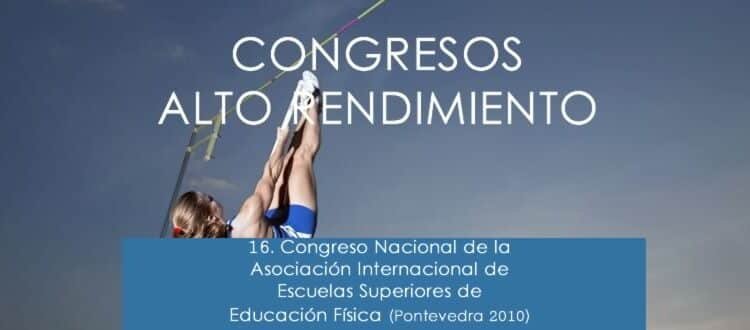Role switching in peer tutoring: learning outcomes for tutor and tutee
Role switching in peer tutoring: learning outcomes for tutor and tutee
Introduction
Peer tutoring is an instructional model where one student provides one-on-one instruction to another student, accompanied by explicit assignment of students to ‘tutor’ and ‘tutee’ roles. According to literature, this model has the potential to support learning for both tutors and tutees (Roscoe & Chi, 2007). While the tutee is learning by doing, the tutor is intended to be learning by observing, analyzing performance and giving performance-related feedback (Topping, 2005). Often, students switch roles of tutor and tutee during their learning. According to Cohen (1994), this role switching fosters a reciprocal exchange in which the output of the tutor becomes the input of the tutee. This study investigated the effect of role switching on learning outcomes in peer tutoring. Due to an appropriate methodology, learning gains of tutors, tutees and students performing both roles could be assessed and compared. The learning task was Basic Life Support (BLS), a psychomotor task consisting of nine lifesaving actions to be performed in a specific order.
Methods
104 students in Kinesiology participated in this study. They chose a partner they preferred to work with and were randomized across two groups: the role switching group (n = 34) and the control group (n = 70). In both groups, students worked together in a clearly defined tutor-tutee relationship to learn BLS in 10min. Eleven task cards were the only available source of information to learn the task. These task cards combined a picture of the skill with written instruction about how to perform the skill. In the role switching group, students switched roles after five minutes. In the control group, students worked for 10min in the same role. Consequently, the learning effect of tutors (15 boys, 20 girls), tutees (16 boys, 19 girls), and students performing both roles (18 boys, 16 girls) could be investigated. BLS performance was assessed individually before (baseline), immediately after (intervention) and three weeks later (retention).
Results
Repeated ANOVA demonstrated significant learning gains for the entire group from baseline to intervention, and from baseline to retention. From intervention to retention a significant drop in performance was observed. No significant differences were found between tutors, tutees, and students who performed both roles. A significant gender effect was observed, indicating higher learning gains for boys compared to girls. A gender by time interaction effect demonstrated a significant drop in performance from intervention to retention for boys, which was not the case for girls.
Discussion
Results in this study do not support previous literature suggesting beneficial effects of role switching on learning outcomes. Tutors, tutees and students performing both roles demonstrated strong learning gains, but did not differ significantly. This finding is striking, and demonstrates that active learning time in Physical Education is not limited to motor behavior. It should be stressed, however, that tutors were not trained. Maybe different results would have been obtained with trained tutors. Furthermore, the better performance for boys compared to girls supports previous research literature in peer tutoring, where boys achieved better learning gains than girls (d’Arripe-Longueville, Gergignon, & Huet, 2002).
References
d’Arripe-Longueville, F., Gergignon, C., & Huet, M.L. (2002). Peer-assisted learning in the physical activity domain: Dyad type and gender differences. Journal of Sport and Exercise Psychology, 24, 219-238.
Cohen, E.G. (1994). Designing groupwork: Strategies for the heterogeneous classroom (2nd ed.). New York: Teachers College Press.Cothran, D., & Kulinna, P.H. (2006). Students’ perspectives on direct, peer, and inquiry teaching strategies. Journal of Teaching in Physical Education, 25(2), 166-181.
Roscoe, R.D., & Chi, M.T.H. (2007). Understanding tutor learning: Knowledge-building and knowledge-telling in peer tutor’s explanations and questions. Review of Educational Research, 77(4), 534-574.
Topping, K.J. (2005). Trends in peer learning. Educational Psychology, 25, 631-645.






